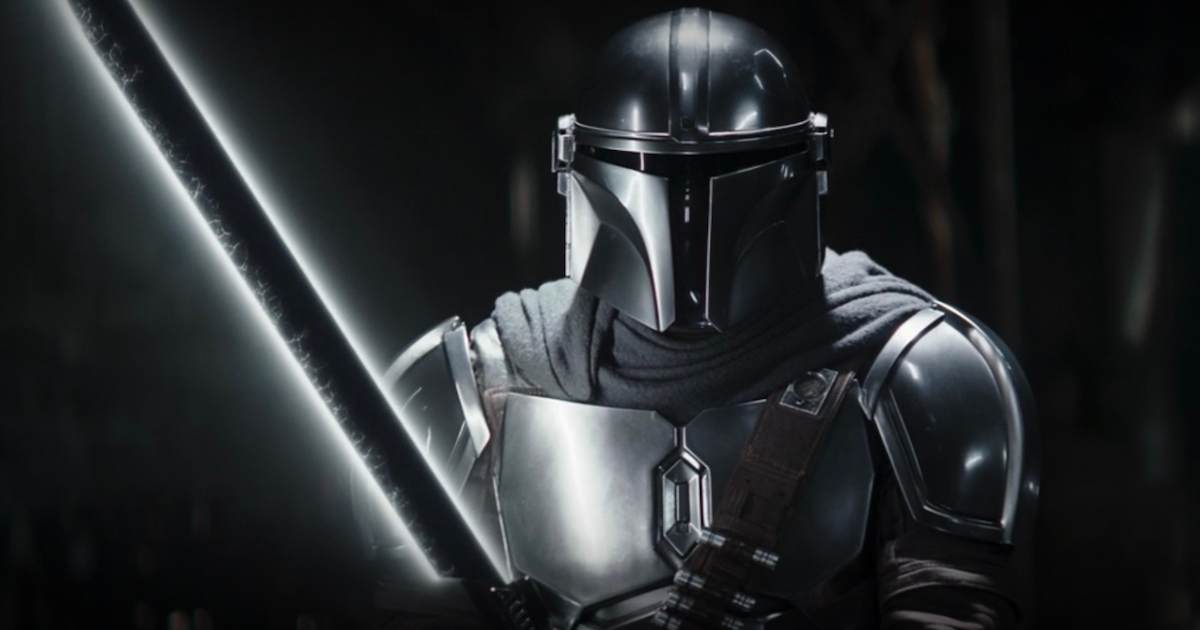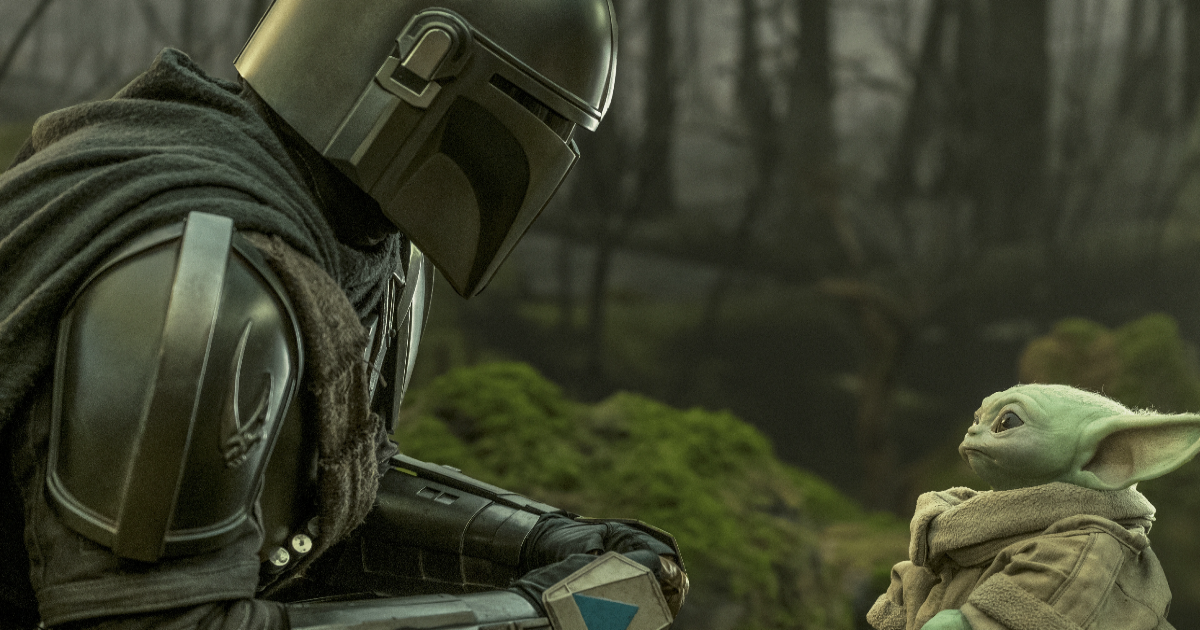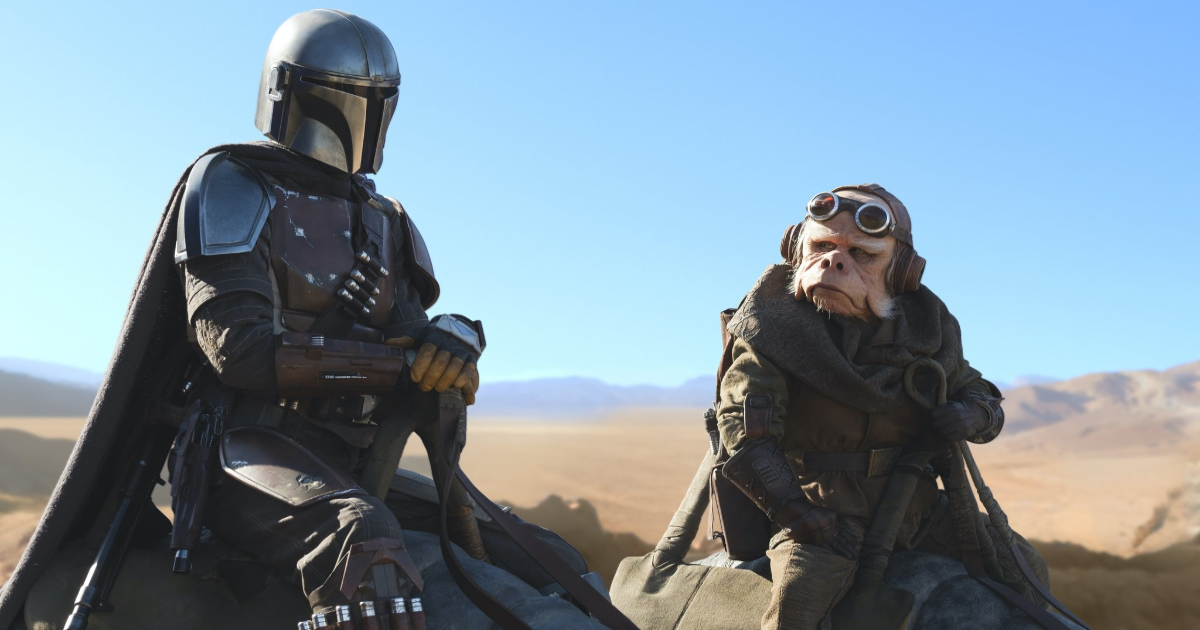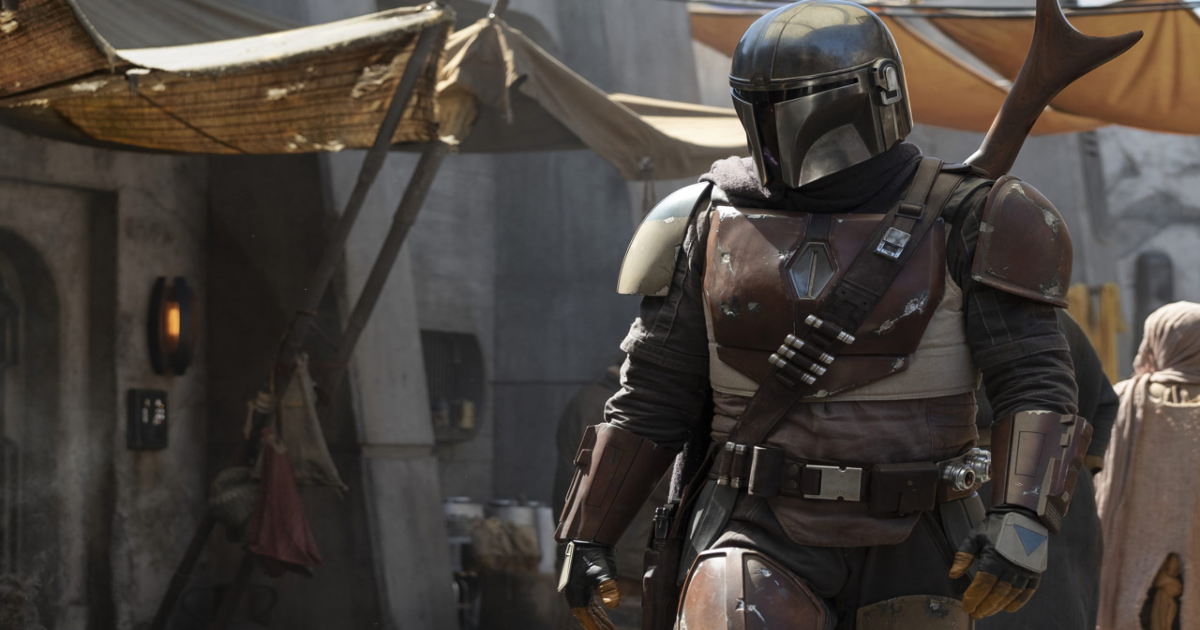Over the course of its two seasons (so far), The Mandalorian has become one of the hottest television shows out there. The series marked the first time that Star Wars delved into the realm of live-action TV shows, and the results have been better than imagined. Grogu (or Baby Yoda if you prefer) is one of the most recognizable faces of the entire Disney-owned era of the franchise, and the central Mandalorian, Din Djarin, has become a fan favorite as one of the coolest characters to come from the Star Wars universe. The series’ success has paved the way for a slew of new live-action Star Wars shows that continue to come down the pipeline, and with season three premiering in February things are only looking up for this series.
Star Wars has a lengthy history of great content. Whether it be the original trilogy, the prequels, the various animated series, or spin-off movies, there’s an array of content for Star Wars fans to love and watch endlessly. However, amongst all that material nothing has matched the quality of the original trio of films, A New Hope, The Empire Strikes Back, and Return of the Jedi. While some may argue that either Rogue One or the Clone Wars animated series have come the closest, The Mandalorian is the property that has best upheld the legacy of the original trilogy the best and come closest to matching its quality. Here’s how:
A Fresh and Simple Story
At its core, the story of The Mandalorian is about as straightforward as Star Wars can get. It’s a man with a tough exterior doing his best to take care of a child. With the exception of the pilot episode, every episode of this series has Din doing something new that he believes will be best for Grogu. Whether it be fighting a Krayt Dragon at the beginning of season two, or helping a small village fend off a group of raiders mid-way through season one, every chapter of The Mandalorian is ultimately about Din protecting Grogu. The simplicity of that story keeps the series from getting overly complicated or bogged down in the complex lore of Star Wars. It helps the show to maintain its accessibility to mainstream audiences, as they do not need to be familiar with the stories of the overall universe to enjoy The Mandalorian.
On top of that, the series presents a new story for the universe. Unlike every Star Wars film, the basis of The Mandalorian is not defined by its relationship to the original films. All nine films in the Skywalker Saga, as incredible as some of them are, are intensely focused on continuing the same story. Whether it be Anakin’s fall to the dark side in the prequels, Luke’s defeat of the Sith in the original trilogy, or Rey embracing the family legacy in the sequel trilogy, all of those stories tie the Skywalker Saga together in an interesting but somewhat restrictive manner. Even the likes of Rogue One and Solo are pitched entirely by their proximity to the original trilogy. The Mandalorian doesn’t bother with all of that. It’s a new story set in a new time period, and it is primarily focused on entirely new characters. Because of that, the series is free to tell whatever story it wants, which dramatically expands the horizons of what Star Wars can be.
Episodic Approach to the Universe
The Boys’ showrunner Eric Kripke recently gave his thoughts on the current era of streaming by stating that shows still need to give the audience a reason to watch each week, rather than leaving all the good stuff until the end of the season. The Mandalorian is a series that puts this into practice by taking a very episodic approach to its story, with each chapter having its own conclusive story to tell. By doing this, the series emulates the serialized television of years past by providing a new mini-adventure for Din and Grogu every week. With each season of the Star Wars show consisting of eight episodes, Jon Favreau and Dave Filoni were smart enough to be consistent in ensuring every episode of The Mandalorian also works as a standalone story.
By taking this episodic approach to Star Wars, The Mandalorian is able to explore many different avenues of the universe. There are a few episodes in each season that focus on the overall mystery of why the villainous Moff Gideon and his Empire loyalists are so keen on capturing Grogu, but then there are also individual one-off adventures that take the story to other corners of the galaxy. Throughout the two seasons, fans have been treated to Western-inspired episodes on Tatooine, a prison break thriller, a Jedi-centric episode that introduced Ahsoka Tano into live-action, and many other exciting and refreshing stories for the Star Wars canon. This adventure-of-the-week approach is one that Filoni already perfected through his animated shows The Clone Wars and Star Wars Rebels, and bringing it into live-action with The Mandalorian has really shown the strength of the model and given Star Wars fans something to look forward to every week.
Returning the Franchise to its Roots
The largest differentiating factor between The Mandalorian and films like The Force Awakens, is that the Disney+ series is intentionally not copying what has come before. While the sequel trilogy took George Lucas’s comments that Star Wars rhymes to heart, that approach ultimately led to the films not really going anywhere new with the franchise. However, with The Mandalorian, Favreau has stated that the creative team is less honed in on re-emulating what Star Wars has been, and instead is taking inspiration from the same creative sources that influenced Lucas initially. He said “I like the image of the Mandalorian because it really hearkened back to the Westerns and samurai films that had originally influenced Lucas. It’s a deconstructed version of Clint Eastwood in ‘The Man with No Name.’ That’s a great, mysterious, fun character to see the world through.”
This approach to telling the story of The Mandalorian has ensured that the show has a standout presence in the myriad of Star Wars material. The series works so well because it’s not trying so hard to be Star Wars, and instead it has taken what has made the franchise work in the past and applying those ideas in new ways. Whereas the sequel trilogy was doing its best to recreate the energy and atmosphere of Star Wars, The Mandalorian is instead pulling directly from the same creative sources as the original trilogy. The series uses the same ingredients to create something new, rather than trying to follow the recipe and recreate the dish altogether. The result is that the show is able to simultaneously exist in its own creative space while still having similar flavors to the original trilogy.




